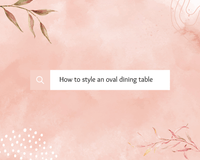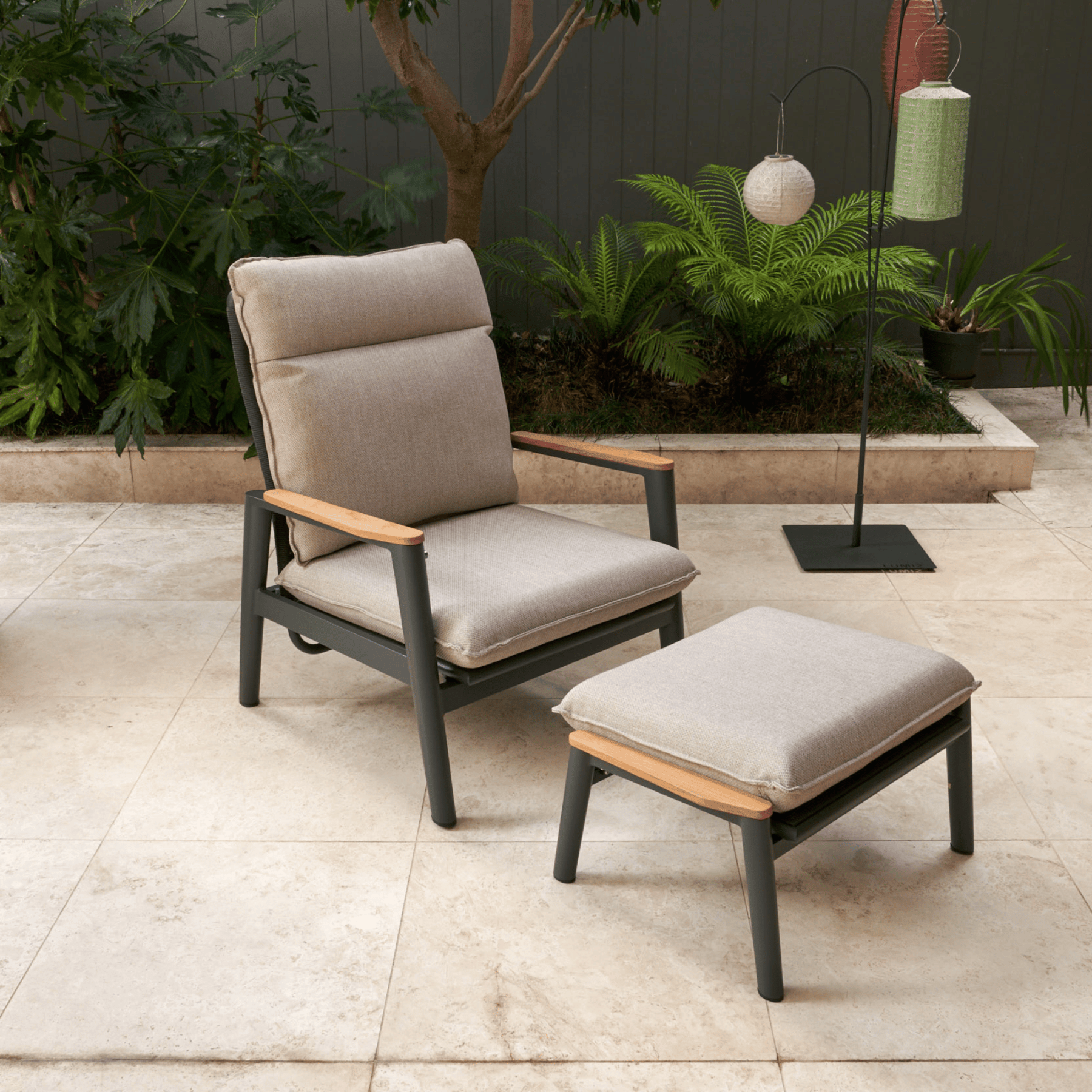The satisfaction of reviving a weathered piece of garden furniture gives a sense of accomplishment and creativity when you transform it into a work of art. The smell of fresh paint, the smoothness of sanded wood, and the shine of restored metal provide a sense of accomplishment and creativity.
In addition to saving money, you can enhance the appearance of your outdoor space by repairing old garden furniture. Here you will find instructions on how to revive faded, rusted, or dulled furniture, whether it is a wood bench, a metal chair, or a plastic table.
1. Assess the Condition of Your Garden Furniture
Before diving into the refurbishing process, inspect the furniture's overall condition. Check for signs of damage like cracks, rust, or loose joints. Wooden pieces may have splinters or rot, while metal furniture might have corrosion. Assessing the state of your furniture helps you decide on the materials and tools you'll need for the restoration process.
If you find structural damage, consider consulting a professional or replacing specific parts to ensure the piece remains safe to use. For inspiration and complementary furniture, visit Lume Outdoor Living for premium options to pair with your refurbished items.
2. Cleaning: The First Step to Refurbish Old Garden Furniture
Start by giving your furniture a thorough clean to remove dirt, grime, and old finishes. Use a pressure washer for robust materials like metal or plastic, and a gentle soapy solution with a sponge for delicate wooden pieces. Scrub thoroughly and rinse well, allowing the furniture to dry completely.
For metal furniture, use a wire brush or sandpaper to remove rust spots. Plastic furniture may require a bleach solution for stubborn stains, while timber pieces benefit from a soft-bristle brush to preserve the grain.
3. Sanding for a Smooth Finish
Sanding is essential to remove old paint, stains, and rough edges, providing a smooth surface for refinishing. Use medium-grit sandpaper (around 120-150 grit) for the initial sanding, and fine-grit sandpaper (200+ grit) to smoothen the surface.
For wooden furniture, always sand in the direction of the grain to prevent damage. For intricate metal designs, use a wire brush or small rotary tool to reach crevices. Sanding not only smoothens the surface but also helps the new finish adhere better.
4. Repairing Damages
To truly refurbish old garden furniture, address any damage before refinishing. Use wood filler for cracks or holes in timber, and let it dry completely before sanding the area smooth. For metal furniture, apply a rust converter to neutralise corrosion, followed by a rust-resistant primer.
Tighten loose screws or bolts and replace missing hardware. If your furniture requires new slats or parts, consider sourcing replacements from local hardware stores or recycling old materials for an eco-friendly solution.
5. Painting or Staining for a Fresh Look
Refinishing your garden furniture is where creativity comes into play. For wooden furniture, staining enhances the natural grain, while paint adds a pop of colour. Use outdoor-grade paints or stains designed to withstand Australian weather conditions.
-
For Wood: Apply a primer if you’re painting, then follow with a weather-resistant topcoat. Use a brush for detailed work or a spray gun for an even finish.
-
For Metal: After priming, choose a rust-resistant enamel paint in your preferred colour. Spraying ensures a smooth coat, but brushes can be used for touch-ups.
-
For Plastic: Use spray paints specifically designed for plastics, ensuring the surface is clean and free of grease beforehand.
Allow ample drying time between coats and finish with a clear sealer for added protection.

6. Refreshing Cushions and Fabrics
If your garden furniture includes cushions or fabric elements, consider updating them for a cohesive look. Replace worn-out cushions with new ones made from weather-resistant materials or recover them with outdoor fabric in vibrant colours or patterns.
Add decorative throws or outdoor pillows for a touch of comfort and style. Complement these updates with outdoor furniture from Lume Outdoor Living for a polished look.
7. Protecting Your Restored Furniture
After investing time and effort to refurbish old garden furniture, protecting it ensures longevity. Use weatherproof covers when the furniture is not in use, and store delicate pieces indoors during harsh weather.
Apply a protective sealer annually to wooden furniture and reapply paint or stain as needed. For metal furniture, inspect regularly for rust and touch up with paint to prevent further damage.
8. Accessorise for a Personal Touch
Once your furniture is restored, enhance your outdoor space with thoughtful accessories. Add potted plants, string lights, or outdoor rugs to tie the space together. Pair your refurbished pieces with high-quality furniture from our showroom for a harmonious blend of old and new.

Benefits of Refurbishing Old Garden Furniture
-
Cost-Effective: Restoring furniture is more budget-friendly than purchasing new pieces.
-
Eco-Friendly: Extending the life of your furniture reduces waste and supports sustainability.
-
Customisation: Refurbishing allows you to tailor the style and colour to your preferences.
-
Sense of Accomplishment: The satisfaction of transforming something old into something beautiful is priceless.
Why Choose Lume Outdoor Living?
While DIY restoration adds a personal touch, pairing refurbished furniture with premium pieces ensures your outdoor space is both functional and stylish. Lume Outdoor Living offers a range of high-quality furniture that complements your restored items, helping you create a cohesive and inviting outdoor environment.











